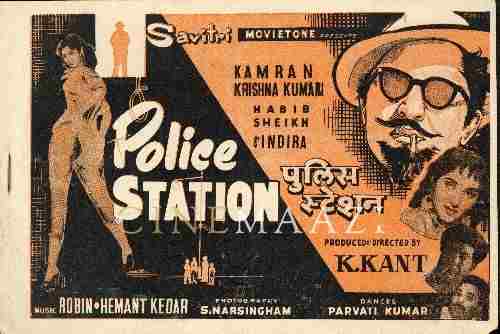J B H Wadia
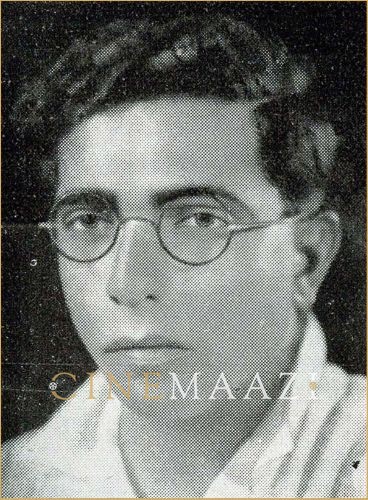
- Born: 13 September 1901
- Died: 4 January 1986
- Primary Cinema: Hindi
- Parents: Dhunmai
- Spouse: Hilla Patel
- Children: Vinci Patel, Haidee Patel
A visionary pioneer of Indian cinema, Jamshed Boman Homi Wadia or JBH Wadia, as he was better known, carved an extraordinary career, leaving behind an august legacy that endures. Scion of the well-known ship-building Wadia clan hailing from Surat, Gujarat, he veered from the predictable path of banking and commerce to follow his dreams in the realm of cinema. Filmmaker, producer, writer, poet, political activist and freedom fighter—he was a complete Renaissance man. Beginning his career as a writer-director of silent films, he and younger brother Homi Wadia established Wadia Movietone in 1933, plunging into the new world of talkie films with their first sound film, the hit Lal-e-Yaman (1933). He established a reputation as a producer of successful stunt thrillers, following Hunterwali (1935), Miss Frontier Mail (1936), Hurricane Hansa (1937), and more, which also established the daredevil leading lady ‘Fearless’ Nadia as one of the earliest female icons of the Indian silver screen. A multi-faceted personality, he possessed a strong social and political conscience. Actively participating in the Civil Disobedience Movement, he was deeply influenced by Comrade M N Roy, a founder member of the Communist Party of India. He used the medium of film to espouse social causes such as women’s emancipation, abolition of the caste system, and communal harmony. Films such as Vishwas (1943), Krishna Bhakta Bodhana (1944), Ankh-ki-Sharam (1943) and Amar Raj (1946) echoed the Wadia Movietone motto of Enlightenment Through Entertainment. Credited with many firsts in Indian cinema, he promoted the documentary movement in India producing the first indigenous newsreel - Indian Gazette and the first feature length documentary - Haripura Congress. His list of firsts includes the first film without songs - Nav Jawan (1937); the first film in English - Court Dancer (1942); and the first film in Sindhi - Ekta (1942). His sharp eye for talent saw him launch the careers of stars such as Fearless Nadia, Durga Khote, Meena Kumari and Shammi Kapoor, as well as many skilled technicians like Babubhai Mistry and Nanabhai Bhatt. His ability to entertain even as he educated and empowered is considered one of his greatest contributions to Indian cinema at an important time in the country’s history. As founder of a studio that was known to be ahead of its times, his vision to push the boundaries of Indian cinema remains invaluable.
Born Jamshed Boman Homi Wadia on 13 September, 1901, he was a scion of the Lavji Wadia family, a prominent Parsi family which hailed from Surat, Gujarat whose ancestral business was shipbuilding. Their family name of Wadia stands for master shipbuilders; they served the East India Company and later the Government of India. Jamshed and his brother Homi, born a decade after him in 1911, enjoyed watching Hollywood films as boys. When he lost his father at a young age, Jamshed took up a job at the Central Bank of India in Delhi and was due to take up a full career in the law, having already acquired degrees in English literature, law and Zoroastrian languages. However, he left it all to pursue his passion in screenwriting and storytelling—much against the wishes of his family. The gamble, however, paid off immensely in the long run.
JBH entered the film industry in 1926, a few years before silent films would be taken over by talkie pictures. He began his career as a freelance writer-director for various banners, making his debut with the silent film Thunderbolt (1931) also known as Diler Daku, featuring Yashwant Dave. It was a success and was followed by 11 more silent films including Toofan Mail (1932) and The Amazon (1933). These films were inspired by Hollywood’s swashbuckling adventure films, and were the forerunners of the iconic Fearless Nadia stunt films which the Wadia brothers later became popular for. An intellectual and avid writer, he wrote scripts for his films, while his younger brother Homi Wadia who also joined films a few years later, usually directed them.
In 1933, JBH along with his younger brother Homi Wadia, established Wadia Movietone, leaping into the budding world of talkie films with their first sound film Lal-e-Yaman, with singer Firoz Dastur in the lead. It was inspired by the Orientalist fantasy world portrayed in the Arabian Nights and similar themes. The film was a success, helping establish Wadia Movietone as a studio of repute, in partnership with his brother Homi, their distributor Manchesa B Billimoria, and the Tata brothers Burjore and Nadirshaw.
By 1935, Wadia Movietone became a household name with the release of the film Hunterwali (1935), starring the blonde, blue-eyed Mary Ann Evans who was rechristened Nadia. Her acrobatic stunts and daredevil antics made her an overnight sensation. A series of films followed, written and produced by JBH, including Miss Frontier Mail, Hurricane Hansa, Diamond Queen (1940), Bambaiwali (1941) and Jungle Princess (1942), also establishing Fearless Nadia as a stunt sensation of the Indian silver screen.
Under the Wadia Movietone Studio banner, JBH introduced several new concepts to Indian cinema. These included a stunt actress playing a leading role, the documentary newsreel The Indian Gazette, and a feature-length documentary Haripura Congress. He also made a series titled Wadia Movietone’s Variety Programme which featured cinematic recordings of early classical and semi-classical musicians and singers, such as Firoz Dastur, Bal Gandharva, Malika Pukhraj and Pandit Tirthankar. JBH’s Wadia Movietone was also the first to create an Indian film without songs - Nav Jawan, the first Indian film to be filmed in English (along with parallel Hindi and Bengali versions) - The Court Dancer (1941), the first Sindhi-language film post-Partition – Ekta (1942), and the very first Indian television series - Hotel Taj Mahal (1989). The studio produced notable films including Swadesh (1940), Black Rose (1934), Fauladi Mukka (1936), Return of Toofan Mail (1942), Jai Bharat (1936), Kahan Hai Manzil Teri (1939) as well as the Fearless Nadia films namely Hunterwali, Miss Frontier Mail, Hurricane Hansa, Lootaru Lalna (1938), Diamond Queen, Bambaiwali, and Jungle Princess.
By the late 1930s, JBH got involved in the Indian Freedom struggle. He was initially inspired by the Indian Congress Party and later by M N Roy, on whom he also penned a book. Roy was a former Communist who turned away from Communism after a fallout with Stalin, and went on to start his own party, Radical Humanism. His friendship with M N Roy boosted his zeal for social and cultural change. Abandoning the stunt film genre, he would go on to produce films on the themes of emancipation of women, the discarding of superstition and harmful practices such as the caste system, and the need to educate all citizens if India was to be free and sustainable as an independent nation. By the early 1940s, as films with social messages began to grow in popularity, JBH wanted to focus more on socials and documentaries. By mutual agreement, he and brother Homi decided to diverge, with the latter continuing with stunt films under Basant Pictures, while Jamshed produced films such as Raj Nartaki (1941) and Muqabla (1942) with social themes.
Social themes held centrestage in his productions, espoused in films such as Vishwas (1943), Balam (1949), Madhosh (1951), Mela (1948), Ankh Ki Sharam (1943), Amar Raj (1946), as well as the Fearless Nadia starrer Diamond Queen. The latter, which combined all these issues succinctly, blended a courageous call for revolution and the eradication of corruption with stunning stunts performed by Fearless Nadia and John Cavas. His talent to entertain while educating and empowering is considered one of his strongest contributions to Indian cinema.
As author Rosie Thomas wrote in Bombay Before Bollywood: Film City Fantasies, “Wadias’ films had constructed a terrain upon which a Westernized Indian modernity, in touch with global popular culture, could be forged.” Wadia Movietone itself was said to run like a well-oiled machine. JBH himself referred to the studio as a school. As Christine Gledhill wrote in Stardom: Industry of Desire: "At ten each morning a bell would be rung, a register of attendance called and the day's shooting plans announced. Actors not needed on set would either spend the day in rehearsal or might go home… There was clearly a great deal of camaraderie in the studio, with much laughing and joking, ‘like a big happy family’, according to both Homi and Nadia. All studio employees, including the stars and the Wadias themselves, would eat lunch at the same table and many of them socialised together after hours.”
With a keen interest in literature and politics, JBH shunned the predictable tropes portrayed onscreen. The heroines in his films were a far cry from the helpless damsels in distress generally portrayed in Hindi films at the time. Along with his brother Homi, he pioneered many techniques at the time that were used in stunt films. He was also instrumental in supporting the National Film Archive of India in Pune, encouraging archivist P K Nair in his endeavours and sharing prints of Wadia Movietone’s films with them. Later, his late grandson Riyad Vinci Wadia would preserve much of Wadia Movietone’s catalogue and film memorabilia, including film booklets and posters. Riyad also directed the documentary Fearless: The Hunterwali Story, based on the extraordinary life and career of the actress who later married Homi Wadia in 1961.
JBH Wadia’s last film as director was Saaz Aur Sanam (1971), starring Rekha and Surekh Chatwal. He passed away at the age of 84 on 4 January 1986.
-
Filmography (9)
SortRole
-
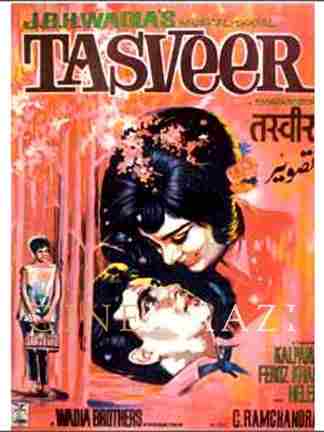
Tasveer 1966
-
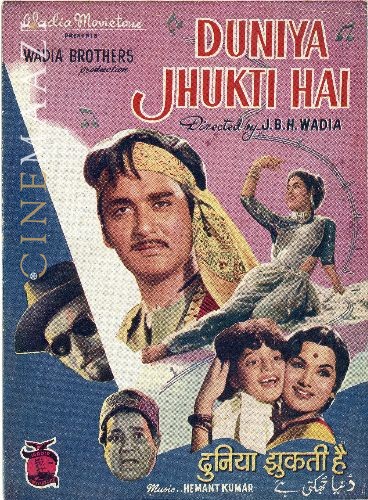
Duniya Jhukti Hai 1960
-

Captain Kishore 1957
-
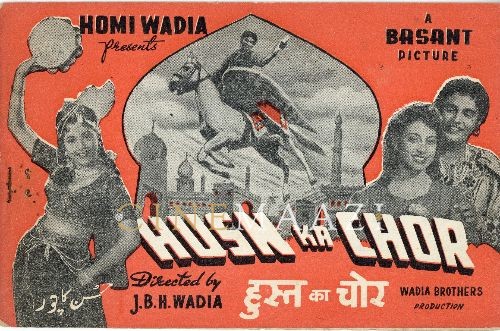
Husn Ka Chor 1953
-
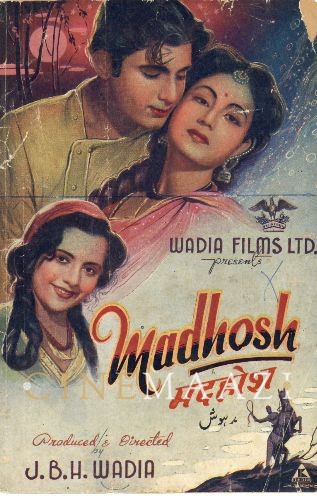
Madhosh 1951
-
Whirlwind (Vantolio) 1933
-
Toofan Mail 1932
-



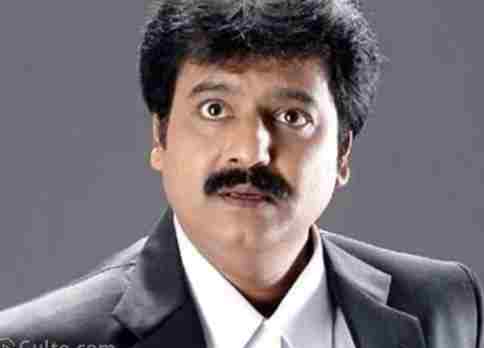
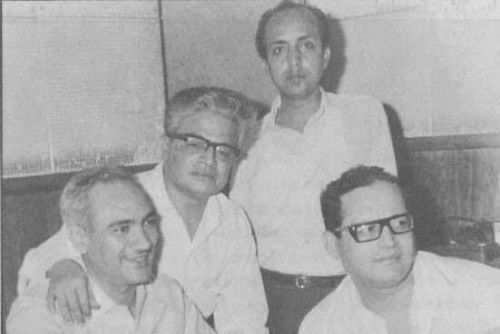
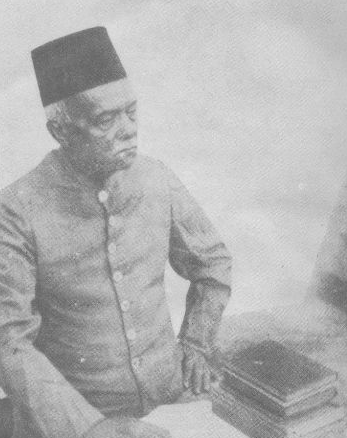
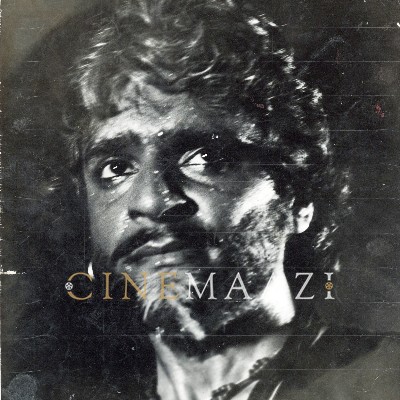

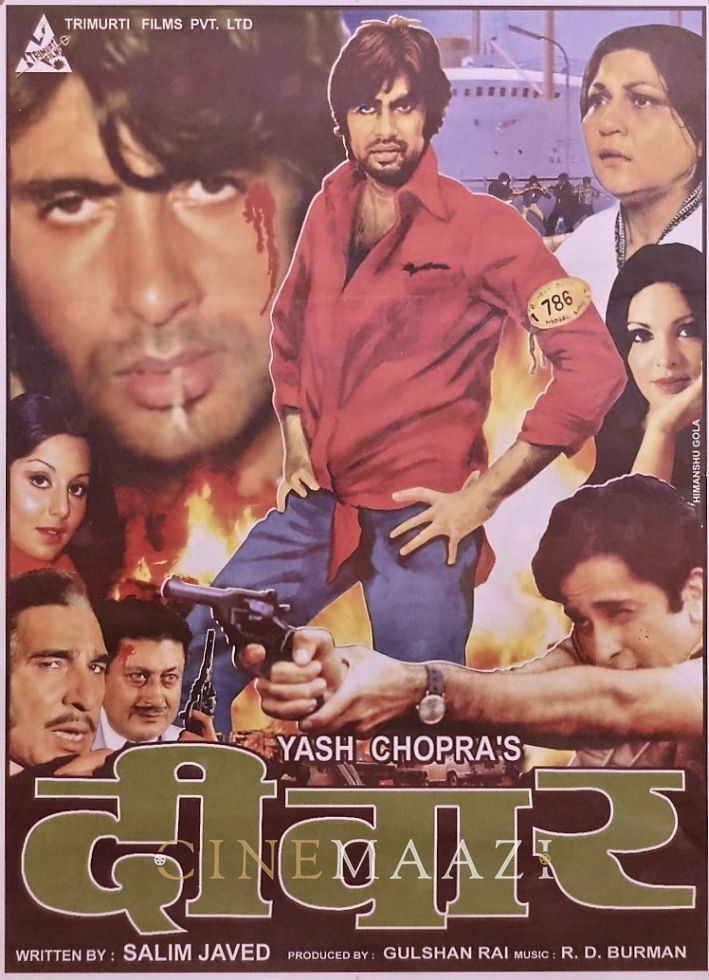
.jpg)

